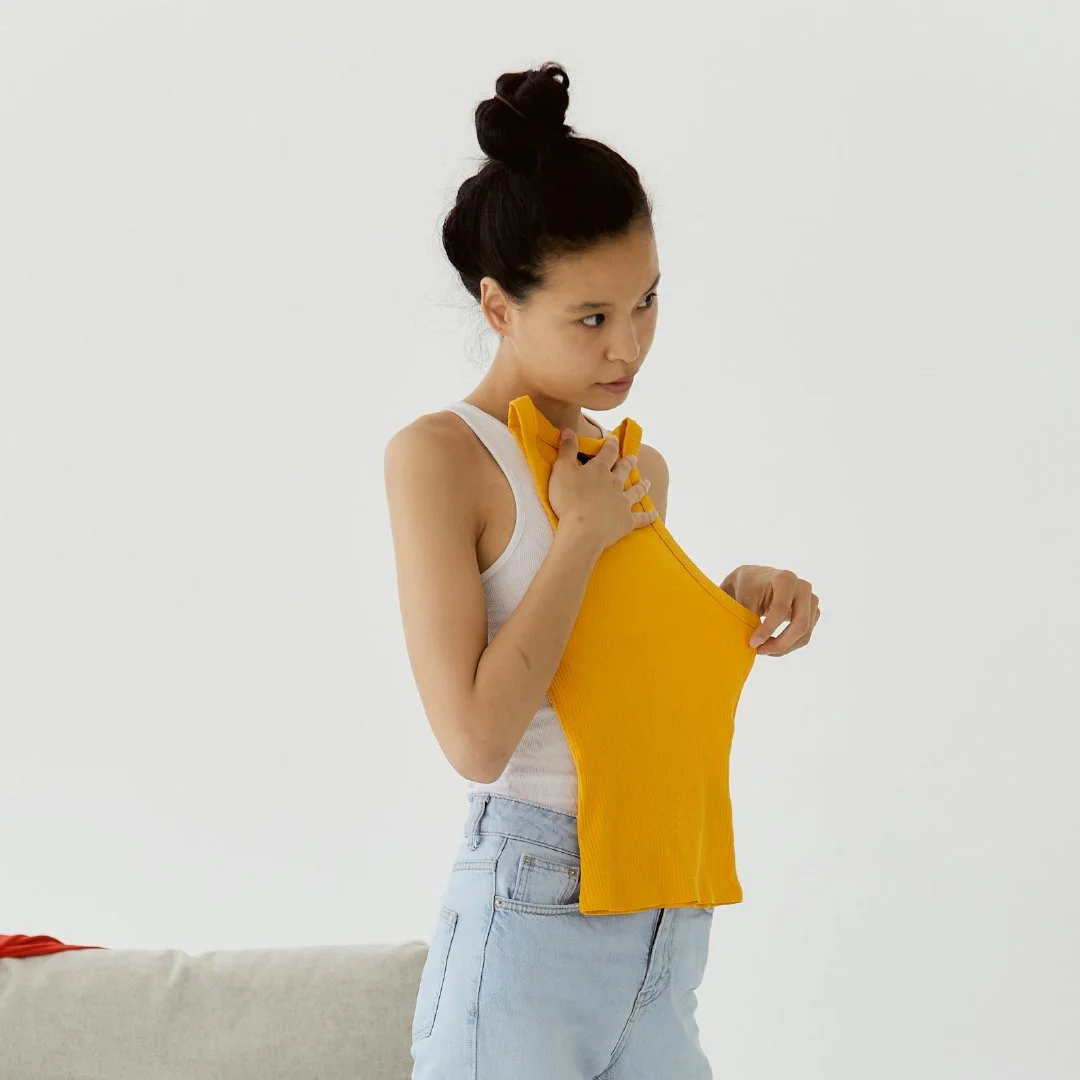The Emotional Weight of Getting Dressed
Getting dressed is more than a daily routine—it’s an act that carries emotional and psychological significance. What we wear becomes an extension of how we see ourselves and how we wish to be seen by others. This process can influence our mood, self-confidence, and overall wellness in surprising ways.
How Clothing Affects Emotional Well-being
1. Colors and Mood
The colors you choose to wear can directly impact your emotions. Bright colors like yellow or orange often evoke energy and happiness, while cooler tones like blue and green may create feelings of calmness. For instance, wearing soft pastels might provide a sense of serenity, while bold red might make you feel more confident and empowered.
2. Textures and Comfort
Fabric texture plays a subtle but important role in emotional well-being. Cozy, soft textures like cotton or cashmere can provide comfort and relaxation. On the other hand, structured or rugged fabrics like leather can evoke strength or assertiveness. Choosing materials that physically feel good on your skin contributes to a sense of emotional ease throughout the day.
3. Style and Self-Expression
Clothing style is often a reflection of personal identity. Wearing outfits that align with how you see yourself nurtures authenticity and builds confidence. Conversely, wearing clothes that clash with your personal taste or comfort may leave you feeling off-balance or insecure. Your wardrobe serves as a canvas for expressing who you are, so it’s crucial to choose items that resonate with your individuality.
Mindful Dressing for Greater Wellness
1. Tune Into Your Needs
Before choosing an outfit, pause to reflect on how you’re feeling. Are you seeking comfort on a challenging day, or do you need an energy boost to tackle an exciting opportunity? Mindfully dressing to support your emotional state can make a noticeable difference.
2. Declutter Your Wardrobe
Eliminate clothes that no longer feel like "you." The act of decluttering ensures your choices reflect your current personality and emotional needs, reducing decision fatigue and potential stress.
3. Create a Capsule Wardrobe
Consider building a simplified collection of versatile staples that bring joy and confidence. A capsule wardrobe removes unnecessary pressure by narrowing your options to pieces you truly love.
4. Experiment With Colors and Patterns
Don’t hesitate to experiment with new color schemes or patterns that inspire positivity. A patterned dress or a colorful scarf can invigorate your mood and provide uplifting energy.
5. Curate for Comfort and Confidence
Opt for clothes that strike a balance between comfort and elegance. For example, a well-fitted blazer made of soft fabric combines the practicality of comfort with the empowering sharpness of formalwear. Feeling good in your clothes reflects positively in your demeanor.
Clothing as a Tool for Wellness
Understanding the emotional weight of getting dressed isn’t about perfection; it’s about intention. When you view your wardrobe as a tool for self-care, you unlock its potential to enhance your emotional state and overall wellness. Each clothing choice becomes an opportunity to align with your inner needs and express your authentic self.
Start seeing your wardrobe as more than just clothing. See it as part of your wellness toolkit—designed to comfort, empower, and
uplift you every day.




